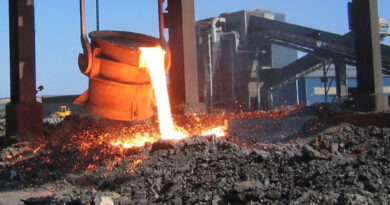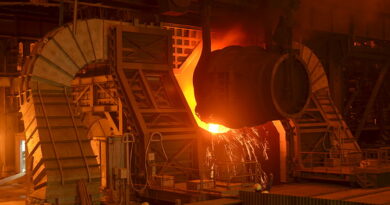Short range outlook for global steel-using sectors
In general, the steel using sectors suffered less from the lockdown and are recovering faster than the hospitality, aviation, and entertainment sectors. A strong rebound in manufacturing will be counterbalanced with a lasting impact on the steel using sectors’ supply chain due to small and medium sized enterprises going bankrupt.
1. CONSTRUCTION
The construction sector remained more resilient to the COVID-19 shock as many governments focused on implementing public projects. Following the easing of lockdown this continued in the advanced economies, mostly driven by infrastructure investment, pent-up demand, low mortgage rates and easier access to credit.
The construction sector in many emerging economies will see a double-digit contraction in 2020, notably Turkey, Mexico and Brazil, as they enter a deep recession and face financing issues. On the other hand, in China, the construction sector will rebound strongly, thanks to government stimulus measures.
The recovery in 2021 will be slow. Looking forward, infrastructure is expected to drive construction growth in the coming years, especially in developing economies. Financing difficulties arising from worsened government balance sheets might lead to a revision of investment plans. The subdued oil outlook will also put energy sector investments in check, particularly in the US and MENA. Green recovery programmes could boost infrastructure investment in the developed economies.
In the longer term, structural changes in the construction sector will take place, reflecting the shift in demand patterns for office and residential space and major changes in urban design and build regulations.
2. AUTOMOTIVE
The automotive sector suffered dramatic consequences from the pandemic. In April, automotive production fell by -70-90% in many countries. While supply-side issues dissipated relatively quickly, post-lockdown recovery has been constrained by a slow return in demand. Global automotive production was down by -34% (y-o-y) in Q2 2020. However, In China, robust domestic demand has helped a faster recovery, but overall from January to August 2020 China’s motor vehicle production is still 9% below the 2019 equivalent. In the rest of the world, the situation is much worse. In January-August, car production in Germany and the US was down by more than -30% (y-o-y). For the same comparison period India’s passenger car production, which completely halted during the lockdown, is 46.1% below last year.
At the same time the industry is going through substantial restructuring with realignment of supply chains for increased resilience, changes in urban mobility patterns along with the ongoing transition to EV.
3. MACHINERY
The sector was severely hit by the disruptions of supply chains and decline in orders during the lockdown. China led the contraction of the machinery sector in Q1 2020, which was followed by the EU, the US, and Japan in Q2. Since May, the decline of machinery output decelerated, but the industry is still contracting in most countries. Low profits and confidence is causing delays or cancellation of investment projects and making recovery of the sector beyond the initial rebound sluggish. Exceptionally in China, the output level during January-August 2020 has exceeded that of 2019.
The subdued prospect of investment recovery will constrain the recovery of the machinery sector in the mid-term.




